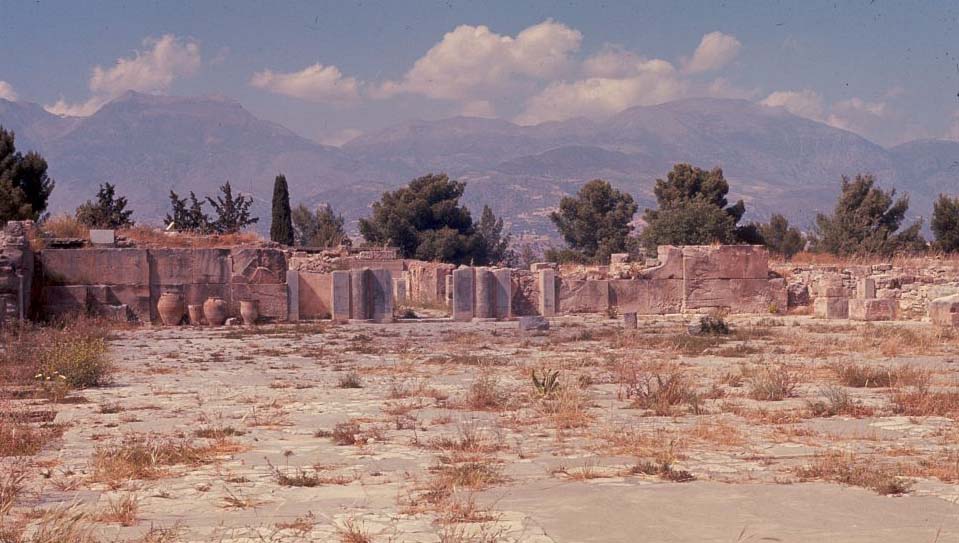Arthur Evans begins to dig in Crete
Richard Cavendish marks the start of a landmark archaeological project, on March 23rd 1900

In Greek mythology the island of Crete was the birthplace of the supreme god Zeus, the domain of the revered royal law-giver Minos, and the home of the Minotaur, the monstrous man-headed bull that lurked at the centre of the Cretan labyrinth. The hero Theseus, heir to the throne of Athens, penetrated the labyrinth and killed the Minotaur.
Archaeology was to show that this romantic legend had a basis in fact, when Arthur Evans began excavating the mound of Kephala near the north coast. It was the site of the prehistoric settlement of Knossos and the dig was to yield sensational results.





